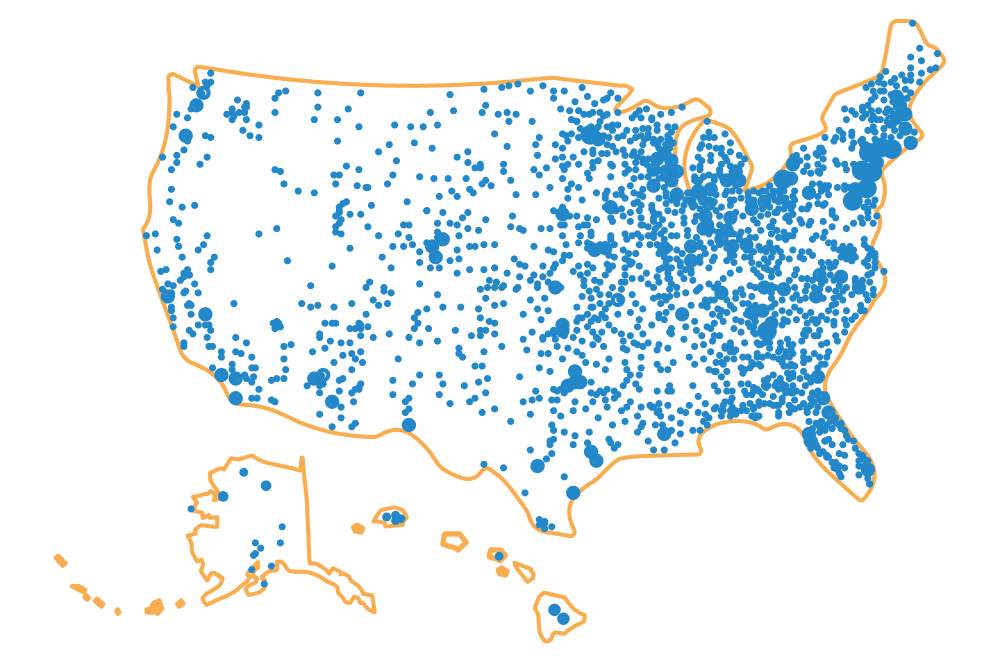After these past few years, graduating high school students have discovered that not everyone is a traditional college student, seeking a four-year degree. They have found great career opportunities through alternative collegiate paths, through community or technical college, trade or vocational schools, or apprenticeships. Can you still use a 529 plan if you choose another type of post-secondary education? Yes!
529 plans are created to be used at any federally accredited educational institutions – whether for a two-year, four-year, graduate or professional degree, or any other post-secondary credential. Basically, you can use your account almost anywhere you’re comfortable sending both your student and your money. If your school has a Federal School Code on the Free Application for Federal Student Aid or FAFSA, then withdrawals for qualified higher education expenses at that school will be 529-qualified withdrawals. Qualified withdrawals are not taxed.
So what are some of these alternative collegiate pathways?
Community colleges can be an excellent place to continue your education after high school. Usually lower in cost than a four-year program, you can take required core classes that, in most cases, will transfer to other schools or explore different courses while searching for your dream profession. You can work toward your associate degree or use the community college as a stepping stone to a traditional four-year university. Either way, your 529 plan can cover qualified high education expenses.
Prefer to express yourself creatively? Your 529 plans can help cover qualified costs at eligible institutions that are hyper-focused on the arts or music. Considering a career in religion? You can use your 529 plan to cover expenses at eligible universities. If you want to study abroad, your 529 plan may potentially cover education costs overseas. You will need to check FAFSA and toggle to “Foreign Country” to see which universities have a Federal School Code.
Vocational or trade schools can provide you a great education in specialized skills. Because of these schools’ close connections to professional trades, you may graduate with a full-time, well-paying job already lined up. The schools’ areas of expertise can range from broadcasting, cosmetology, culinary arts, diagnostic imaging, graphic design, information technology, massage therapy, mortuary science, nursing, restaurant management, truck driving, to welding, to name a few. Your 529 plan may be applied here, too.
Most graduate schools — whether business, law, medical, or other studies — may also be eligible institutions.
With the passage of the SECURE (Setting Every Community Up for Retirement Enhancement) Act, apprenticeships were added as another post-secondary education option/choice for which you can use your 529 plan.
Qualified costs for apprenticeships — such as fees, textbooks, supplies, and equipment like required trade tools — now can be paid with 529 distributions. The apprenticeship program must be registered with the Secretary of Labor’s National Apprenticeships Act in order to use a 529 plan withdrawal. Interested parties can check the U.S. Labor Department’s search tool to confirm that a program is registered, and therefore, eligible for a 529 withdrawal.
Your CollegeAdvantage 529 Plan can be used at many different education institutions, not just a traditional four-year program. And there are thousands of them across the country. Wherever you would like to continue your post-secondary schooling, your 529 plan can be there to help cover qualified expenses. Just check for the eligibility of the school and be sure to use your 529 plan funds for qualified expenses. If you haven’t opened an account yet, visit here to learn more.
This article was originally posted in July 2016 and has been updated to reflect new information for 2022.








